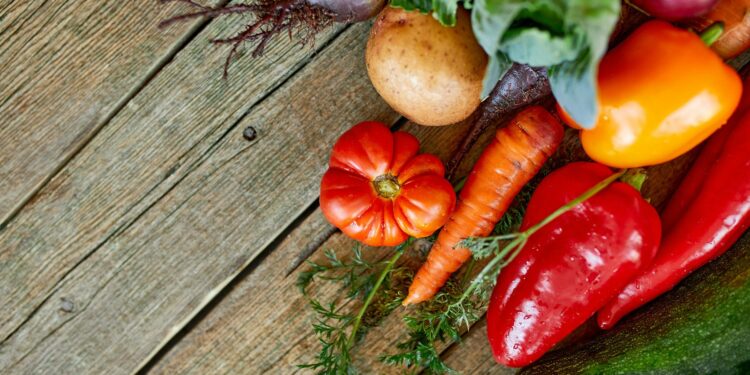If you’re like most people, you’re probably tired of constantly being on the lookout for ways to waste less and recycle more. But it turns out that creating a zero waste lifestyle is not as hard as we thought. In fact, with a bit of preparation, it can become a long-standing practice!
What is Zero Waste Cooking?
Zero Waste Cooking is a way of cooking that eliminates all waste, both during the cooking process and after. There are many ways to go about doing this, but in general, it means minimizing what goes into the garbage can by using ingredients that can be recycled or composted, and avoiding packaging whenever possible.
The benefits of Zero Waste Cooking are many. Not only does it reduce the amount of garbage produced, but it also saves money. By using less processed food and avoiding expensive packaging, cooks can save a lot of money on groceries. Additionally, by reducing the amount of waste that goes to landfills, Zero Waste Cooking helps protect our environment.
If you’re interested in trying out Zero Waste Cooking yourself, there are plenty of resources available online. The Zero Waste Home website has a comprehensive guide to starting out, while Food52 has a more casual guide to making simple yet delicious meals without any packaging at all.
Benefits of Zero Waste Cooking
The benefits of zero waste cooking are numerous. Not only does it reduce the amount of waste produced, but it also helps to improve the overall quality of food. By following these tips, you can create delicious meals that are both healthy and environmentally friendly.
When cooking, many people default to using disposable products. This is not only wasteful, but it also creates a lot of waste. For example, one cup of cooked rice typically uses up three cups of water. However, you can save plenty of water by using reusable containers for your rice and other ingredients.
Another common way to waste food is to overcook it or to serve it cold. By following these guidelines, you can ensure that your food stays fresh and tastes great.
Finally, using zero Waste Cooking can help you save money in the long run. By reducing the amount of waste that is produced, you can reduce the cost of disposal fees and garbage collection bills.
How to Start Zero Waste Cooking
Zero Waste Cooking is a great way to reduce your environmental impact and improve your health. Here are some tips on how to get started:
1. Start by making a list of the foods you frequently buy and cook. Zero Waste Cooking is not just about reducing your waste, it’s also about reducing your food waste. Check the “Waste Not, Want Not” guide to see what can be recycled or composted.
2. Follow these simple tips for cutting down on waste: use leftovers for another meal, freeze food in portions, don’t buy too much food at once, and shop for seasonally-appropriate foods.
3. Make substitutions where necessary. For example, if you want to make vegan cheese sauce, use vegetable broth or soy milk as a substitute for dairy products.
4. Avoid packaging as much as possible. Bring your own reusable containers for food storage and shopping. If you do need to use packaged goods, try to find zero-waste versions that are made with natural ingredients.
5. Be mindful of what you cook and eat in general. When you’re cooking, think about ways to reduce the amount of oil
Recipes for Zero Waste Cooking
Zero Waste Cooking is a practice that allows you to cook without causing waste. There are many recipes available online that allow you to cook without disposing of any waste. These recipes are easy to follow and very delicious. You will be able to cook a variety of dishes without having to dispose of any waste.
Conclusion
“Zero waste cooking will become a long-standing practice,” says Stephanie Smith, founder of EcoVegan Kitchen. “It’s not just about reducing the amount of packaging we throw away, but also learning to use ingredients in new ways that aren’t wasteful. For example, using apple cider vinegar as a simple acid in lieu of acidic store-bought dressings.”
Smith encourages readers to get creative with their ingredient substitutions and find recipes that work for them without resorting to packaging or artificial additives. By following these tips, we can all help reduce our environmental impact and make sure our food is healthy too!



